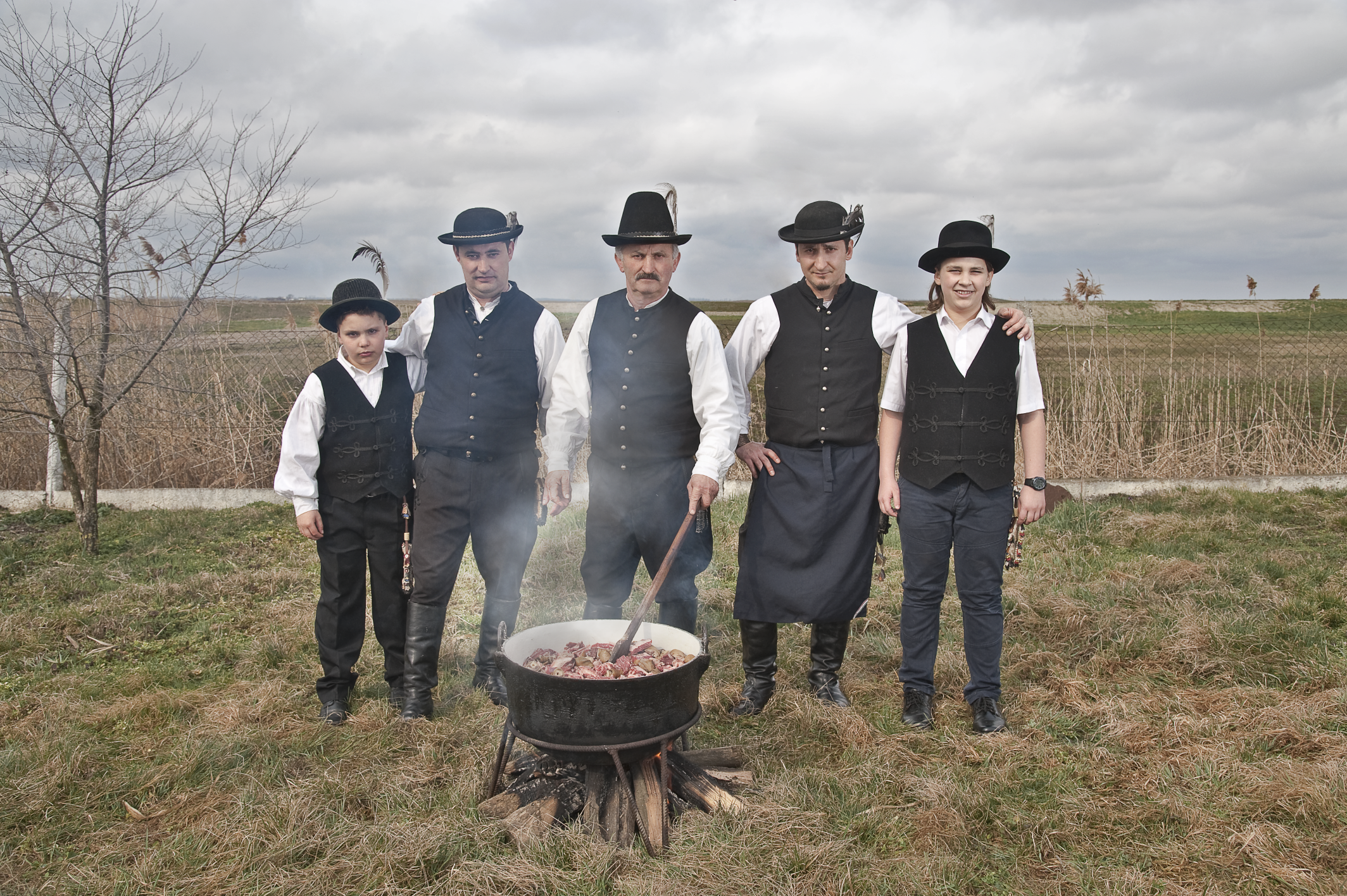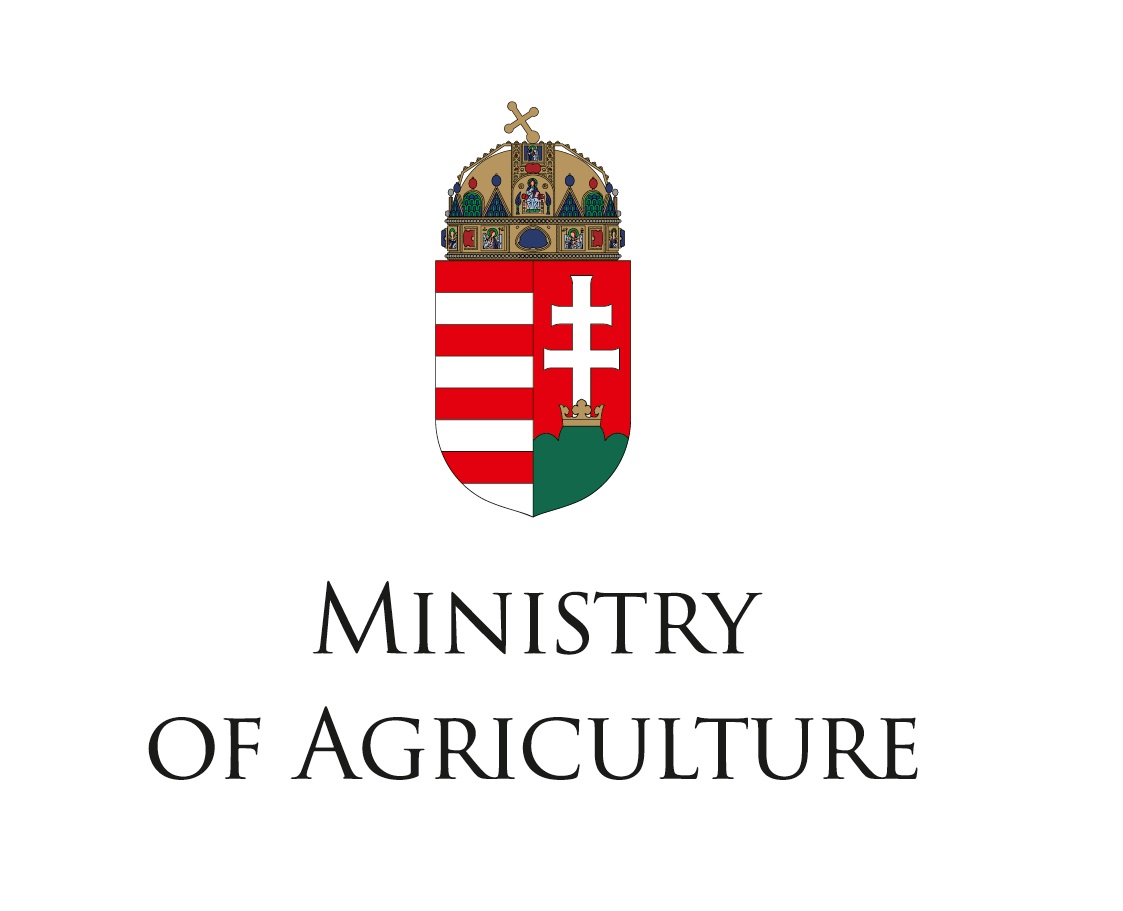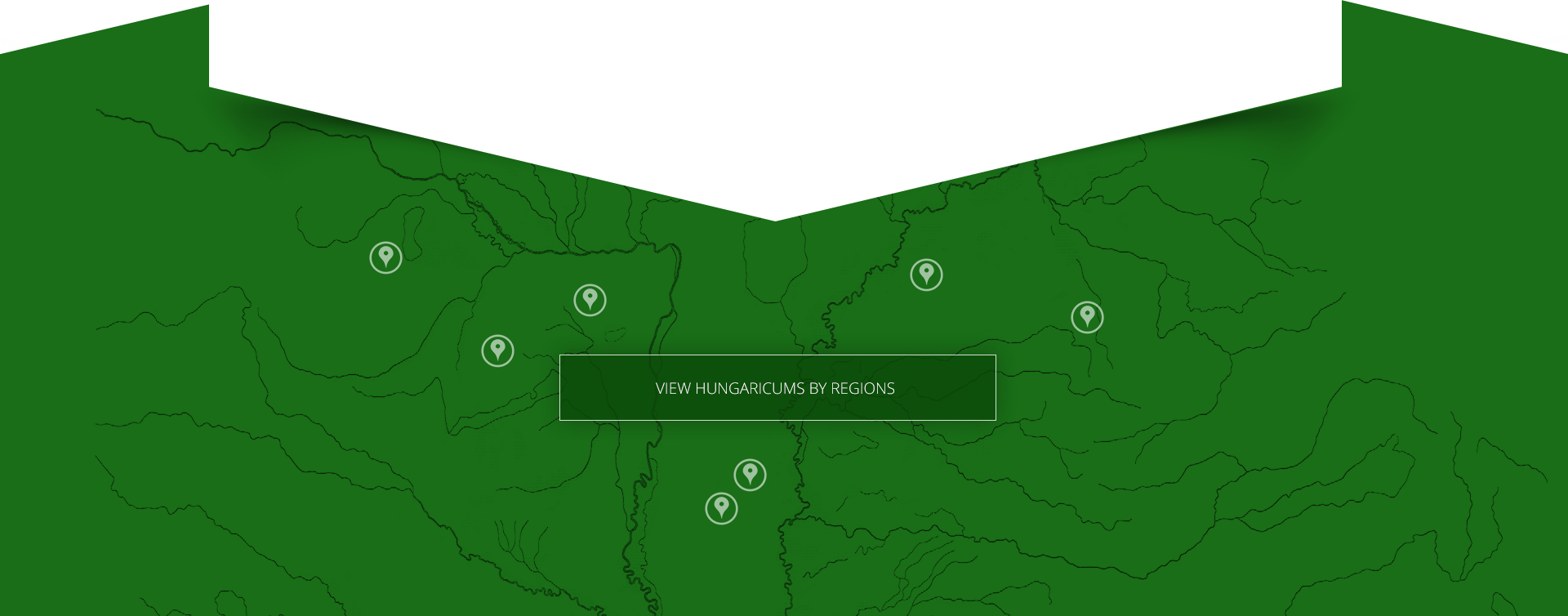Mutton stew of Karcag

Short description:
The mutton stew of the Cumanian Region prepared according to the Karcag recipe is a gastronomic treasure characteristic of the region, which was the largest animal husbandry area on the Hungarian Plain; mutton was very important in the nutrition of this region’s people. Our ancestors did not eat any beef (from grey cattle) or horsemeat, because these animals were considered too valuable as working assets, and so they ate mutton all the more. Even back in the 18th century, huge flocks of sheep grazed on the edges of towns in the Great Cumanian Region. Thus, mutton constituted the basis of meat consumption within ordinary people’s diet, and this was only natural if we think of our ancestors’ lifestyle. They did not preserve the meat of sheep; families consumed all an animal’s meat immediately after its slaughter. In the mutton dishes of the Great Cumanian Region, the entire body of the animal is typically cooked at once. In its harmony of flavours, the mutton stew of the Cumanian Region differs completely from traditional dishes prepared in other towns of the Hungarian Plain, and mutton stew in the Karcag style is a particularly archaic variant; the word “Karcag” refers rather to the style than the locality. Initially the meat is cooked without any water – almost roasted – and then cooked together with the previously scorched head, trotters, tail, tripe and chitterlings of the animal. The stew is merely seasoned with onion, ground and dried paprika and salt. The meat is cooked in a cast-iron casserole big enough for all the meat from the animal. The resulting meal is a characteristic gastronomic element of the Great Cumanian Region’s folk heritage.
Tags: karcag, birkapörkölt, hungarikum





